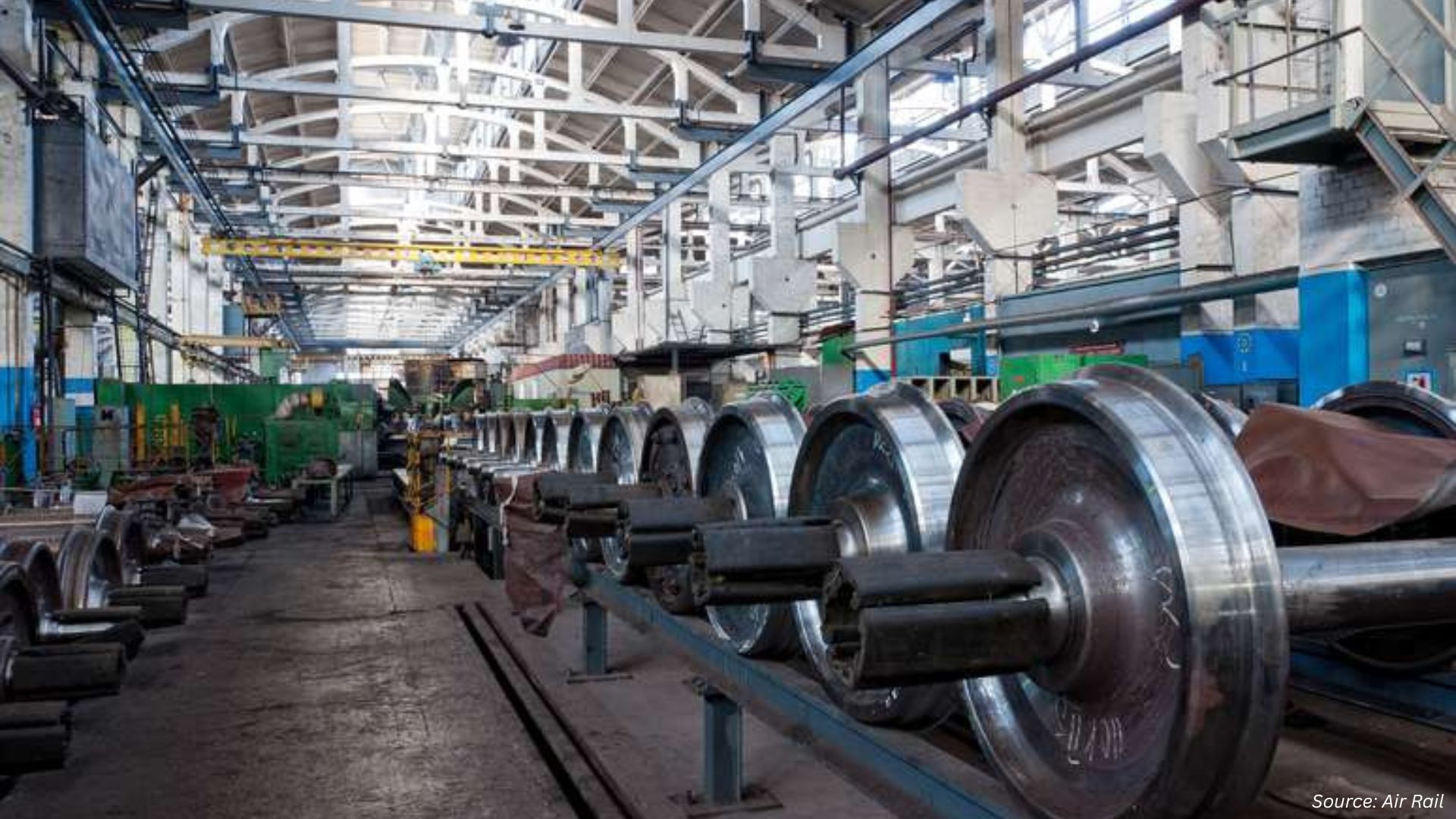
Autonomous Truck Market by Type (Light Duty Trucks, Medium Duty Trucks, and Heavy Duty Trucks), by Level of Autonomy (Level 0, Level 1, Level 2, Level 3, Level 4, and Level 5), by ADAS Features (Adaptive Cruise Control (ACC), Lane Departure Warning, Intelligent Park Assist, Highway Pilot, Automatic Emergency Braking (AEB), Blind Spot Detection (BSD), Traffic Jam Assist, and Lane Keeping Assist System), and Others - Global Opportunity Analysis and Industry Forecast 2023–2030
Market Definition
The global Autonomous Truck Market size was valued at 28.4 billion in 2022 and is predicted to reach 85.4 billion by 2030 with a CAGR of 12.77% from 2023-2030. Autonomous trucks, also known as self-driving trucks are vehicles equipped with advanced sensors, mapping technologies, and artificial intelligence (AI) software that enable them to operate without human intervention.
These trucks use various technologies such as cameras, radar, LIDAR, and GPS to perceive and interpret their environment, allowing them to navigate roads, avoid obstacles, and make decisions on their own.
Market Dynamics and Trends
Rise in e-commerce has led to increase in volume of goods being shipped worldwide, creating a demand for more efficient and cost-effective transportation solutions. Autonomous trucks can help meet this demand by providing a reliable and efficient means of transporting goods over long distances.
Moreover, owing to increase in global concern regarding climate change, many companies are actively seeking ways to decrease their carbon footprint. Utilization of autonomous trucks can be a viable solution for this problem as they can optimize routes, enhance fuel efficiency, and reduce idling time, ultimately leading to a reduction in harmful emissions.
In addition, many governments around the world are investing in autonomous vehicle technologies as a means of improving transportation infrastructure and creating jobs. This, in turn, propels growth of the autonomous truck market. However, high-cost of development and deployment of autonomous truck technology can limit adoption by smaller companies with limited resources. In addition, with rise in use of technology in autonomous trucks, risks associated with cyber-attacks have also increased, leading to accidents or other dangerous situations. These factors are expected to hinder growth of the autonomous trucks market during the forecast period.
On the contrary, development of advanced sensing and mapping technologies, as well as improvements in artificial intelligence software, have made it possible to create more sophisticated autonomous truck systems. This has opened new opportunities for the transportation industry to improve efficiency and safety, creating future market prospects.
In addition, rise in adoption of X-by-wire technology, which uses electronic systems to control various systems in a vehicle, such as braking, steering, and throttle is becoming increasingly common in electric vehicles and is helping improve driving capabilities of autonomous trucks. These factors are expected to create opportunities for the autonomous trucks market growth in the future.
Market Segmentation and Scope of Study
The global autonomous truck market share is segmented on the basis of type, level of autonomy, ADAS features, component types, drive type, and geography. On the basis of type, the market is categorized into light duty trucks, medium duty trucks, and heavy-duty trucks. On the basis of level of autonomy, it is divided into Level 0, Level 1, Level 2, Level 3, Level 4, and Level 5.
On the basis of ADAS features, it is classified into adaptive cruise control (ACC), lane departure warning, intelligent park assists, highway pilot, automatic emergency braking (AEB), blind spot detection (BSD), traffic jam assist, and lane keeping assist system. On the basis of component, it is segmented into LIDAR, RADAR, Camera, and Sensors. By drive type, the market is categorized into IC engine, electric, and hybrid. Geographically, it is analyzed across North America, Europe, Asia-Pacific, and RoW.
Geographical Analysis
North America holds a dominant share of the global autonomous truck market, and is expected to continue its dominance during the forecast period. North America has an extensive highway infrastructure, which makes it easier for autonomous trucks to operate. In addition, the region has several logistics hubs, ports, and airports, which creates demand for autonomous trucks to transport goods efficiently.
Availability of charging and maintenance facilities also makes it easier for companies to deploy and operate autonomous trucks in North America. Moreover, North America is home to several technology companies that are investing heavily in autonomous vehicle technology, including autonomous trucks. Companies, such as Tesla, Uber, and Waymo, have significant resources and expertise in developing and deploying autonomous vehicle technology. Their investments in the market propel innovation and growth in the autonomous truck market.
In addition, the government of U.S. has been supportive of autonomous vehicle technology, including autonomous trucks. Several states have passed laws and regulations to support the testing and deployment of autonomous trucks, making it easier for companies to develop and deploy autonomous truck technology in this region.
Asia-Pacific is expected to witness a swift growth in the autonomous truck market, owing to rapid progress toward vehicle automation in China and Japan, especially mining and delivery trucks. Moreover, the logistics industry in the region is rapidly expanding, driven by growth of e-commerce and increase in demand for goods and services. As the industry grows, there is a growing need for efficient and cost-effective transportation solutions, which autonomous trucks can provide.
In addition, several countries in Asia-Pacific are implementing stringent regulations aimed at improving road safety. For instance, China has mandated installation of advanced driver assistance systems (ADAS) in all new vehicles by 2021. This is expected to drive adoption of autonomous truck technology in the region.
Competitive Landscape
The autonomous truck industry comprises various market players such as Daimler, Volvo, Waymo Via, Tesla, TuSimple, Embark Trucks, Continental AG, Caterpillar, Aptiv, and Toyota Motor Corporation. These key players are adopting several strategies such as expansion and partnership to sustain their dominance in the global autonomous truck market.
For Instance, in January 2023, Torc Robotics, an independent subsidiary of Daimler Truck AG, collaborated with Foretellix, leading provider of safety-driven verification and validation (V&V) solutions for automated driving systems (ADS). The partnership provides Torc with a top-quality virtual verification and validation solution that can test numerous driving scenarios required to ensure safe deployment of Level-4 autonomous trucks.
in addition, in May 2022, Volvo Autonomous Solutions (VAS) announced its plans to offer new hub-to-hub autonomous transport solution, designed to serve four main customer segments including shippers, carriers, logistics service providers, and freight brokers. In partnership with Aurora, VAS has been developing a technical resolution to provide self-driving trucks in the U.S.
Key Benefits
-
The autonomous trucks market report provides the quantitative analysis of the current market estimations from 2023 to 2030. This analysis assists in identifying the prevailing market opportunities to capitalize on.
-
The study comprises of a detailed analysis of the autonomous trucks market including the current and future trends for depicting the prevalent investment pockets in the industry.
-
The information related to key drivers, restraints, and opportunities and their impact on the autonomous trucks market is provided in the report.
-
The competitive analysis of the market players along with their market share in the autonomous trucks industry is mentioned.
-
The SWOT analysis and Porter’s Five Forces model are elaborated on in the study.
-
The value chain analysis in the market study provides a clear picture of the stakeholders’ roles.
Autonomous Truck Market Key Segments
By Type
-
Light Duty Trucks
-
Medium Duty Trucks
-
Heavy-Duty Trucks
By Level of Autonomy
-
Level 0
-
Level 1
-
Level 2
-
Level 3
-
Level 4
-
Level 5
By ADAS Features
-
Adaptive Cruise Control (ACC)
-
Lane Departure Warning
-
Intelligent Park Assist
-
Highway Pilot
-
Automatic Emergency Braking (AEB)
-
Blind Spot Detection (BSD)
-
Traffic Jam Assist
-
Lane Keeping Assist System
By Component
-
LIDAR
-
RADAR
-
Camera
-
Sensors
By Drive Type
-
IC Engine
-
Electric
-
Hybrid
By Region
-
North America
-
U.S
-
Canada
-
Mexico
-
-
Europe
-
U.K
-
Germany
-
France
-
Italy
-
Spain
-
Denmark
-
Netherlands
-
Finland
-
Sweden
-
Norway
-
Russia
-
Rest of Europe
-
-
Asia-Pacific
-
China
-
Japan
-
India
-
South Korea
-
Australia
-
Indonesia
-
Singapore
-
Taiwan
-
Thailand
-
Rest of Asia-Pacific
-
-
RoW
-
Latin America
-
Middle East
-
Africa
-
Key Players
-
Daimler
-
Volvo Group
-
Waymo Via
-
Tesla
-
TuSimple
-
Embark Trucks
-
Continental AG
-
Caterpillar
-
Aptiv
-
Toyota Motor Corporation




















 Speak to Our Analyst
Speak to Our Analyst

























